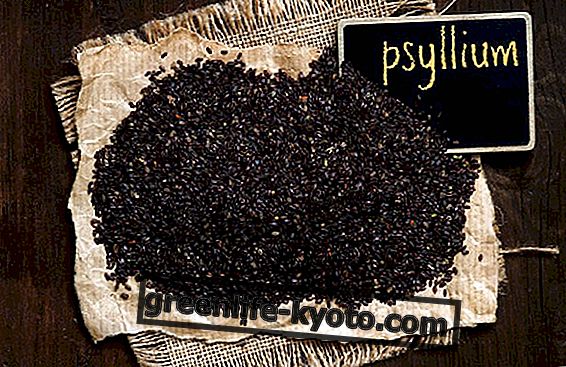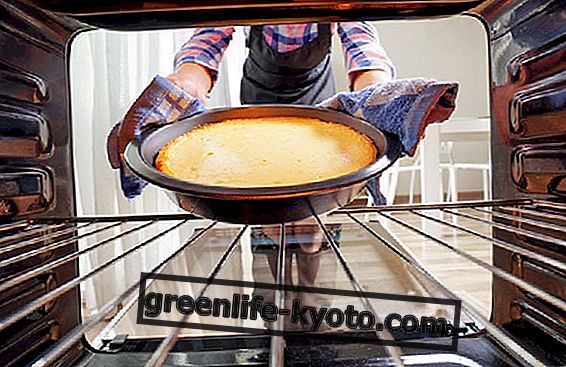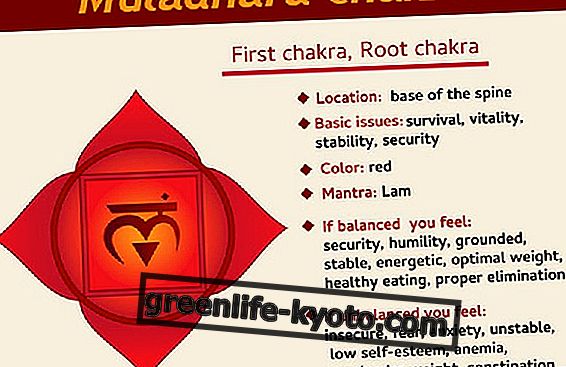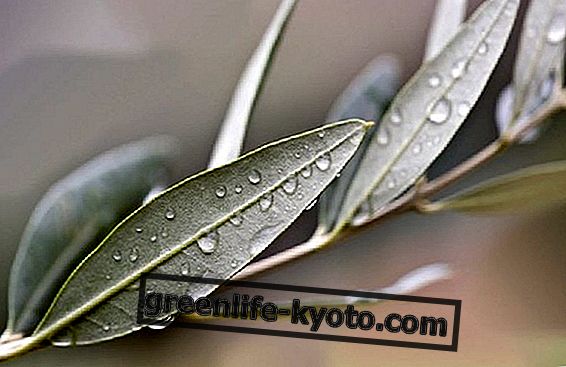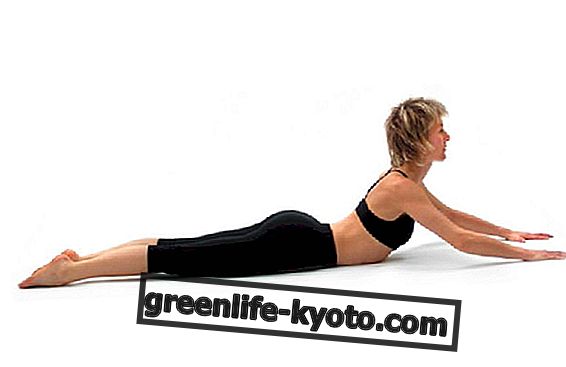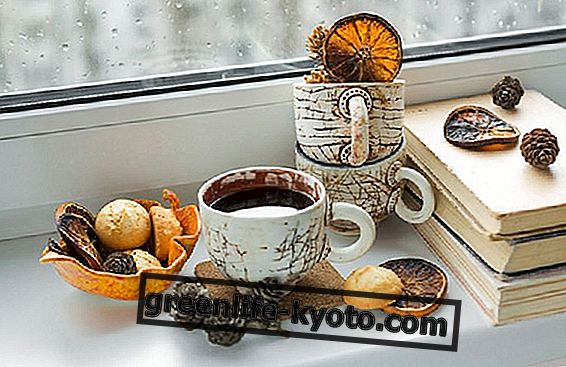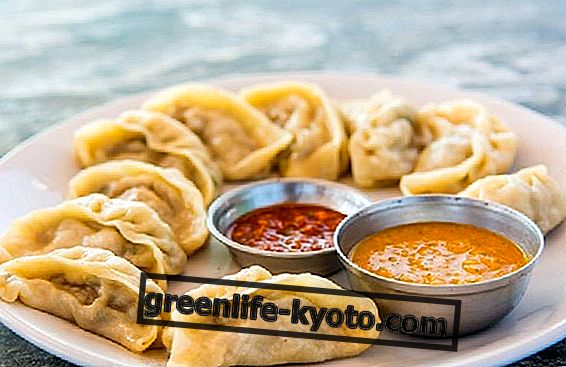
Momo are perhaps the most well-known dish of Tibetan cuisine, which is mainly based on noodle, yak meat and cheese, various types of mountain bread, with Chinese and Nepalese influences.
Chinese influences have led to a high valley recipe, the famous Chinese ravioli or jiaozi, literally "soft ears", referring to the semicircular shape like that of the ear of the human ear.
The jiaozi also exerted their influence on Japanese cuisine, where we find the gyoza, and the Korean one, where instead we find the mandu .
Good or bad all these recipes are similar enough, although the fundamental differences concern three key points: the ingredients of the pasta, the ingredients of the filling, the cooking method .
The Tibetan momo are a typical high mountain dish, therefore generally the filling is of meat (yak or mutton), but also in the vegetarian version the ingredients are generally composed of vegetables not too difficult to find in high ground, mostly tubers and roots, cabbage, chillies.
As far as cooking is concerned, at high altitude it is preferred to steam cook fry, as yak butter is the most common fat and oil is not exactly cheap. Let's see the procedure for preparing the pasta.
Ingredients
> two cups of white flour;
> ½ tablespoon of salt;
> ½ tablespoon baking powder.
Preparation
Nothing could be simpler: we mix all our ingredients together with warm water to form a homogeneous and workable mixture . Generally 2 cups of warm water are sufficient but it all depends on the quality of the flour.
We will knead everything until it reaches a good level of flexibility and put it aside going to work the ingredients for the filling, keeping the dough covered with a wet cloth so that it doesn't dry out too much.
The stuffing
By opting for a vegetarian filling, the most classic ingredients to chop are carrots; the cabbage (preferably the red one); tofu, replacing the original Tibetan ingredients or yak cheese or Indian paneer; mushrooms; onion, which unlike the Chinese and Japanese versions prevails over garlic; a touch of fresh ginger; soy sauce. Chop very well adding a pinch of salt and a little bit of soy sauce to mix everything.
Shaping momo
Here is the most complex part . We will spread our dough with a rolling pin on a cutting board or on a surface large enough and suitable for cutting the dough.
The height of the dough spread must be rather fine but not too thin as it is suitable for gyoza, in fact the momo are more full-bodied and a level ranging from 3 to 6 millimeters is the ideal one.
We will now cut out of circular shapes, perhaps using the edge of a glass to be regular, at this point the simplest way is to use our momo as a cup, to breathe it in filling and close it at the apex. It will not have a half-moon shape but will be equally tasty.
Cooking
In this article we will suggest two methods, those most faithful to the Tibetan tradition : steaming and soup with momo. As for cooking, the steam will serve as a steamer, where in the lower part we will boil water and in the upper one we will rest our momo.
The Tibetans use to grease the surface on which they rest the momo with oil or butter. Ten minutes will be enough. For the soup, it is generally a matter of preparing a broth not too concentrated with legumes, preferably peas or lentils, onion, celery, pepper, salt, a drizzle of oil.
Once the boiling point is reached, we will introduce the momo for a few minutes.
Last tricks
The momo go very well with a spicy sauce and dense soy sauce. Excellent with green pepper sauce . A touch of refinement: add a pinch of dried lavender to the dough .
Finally, wanting to flow into fusion cuisine, try the momo with pesto alla genovese : simply delicious.

